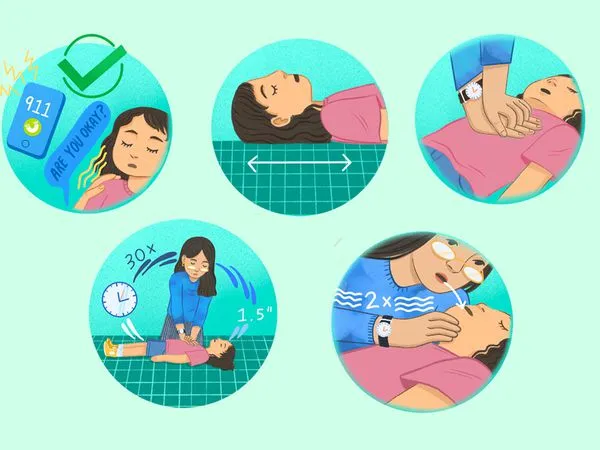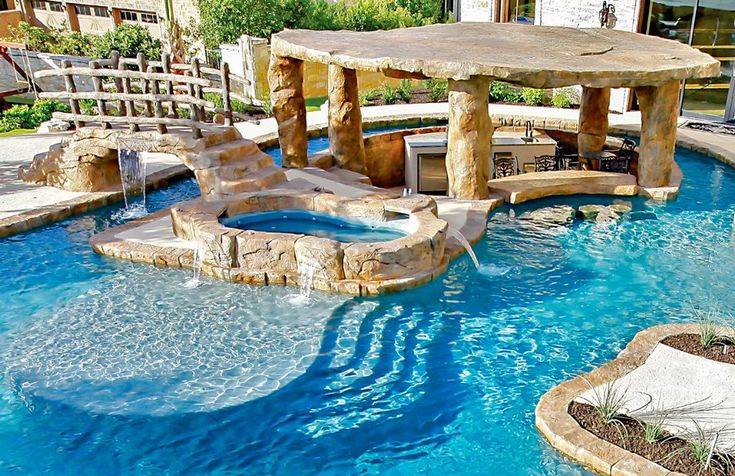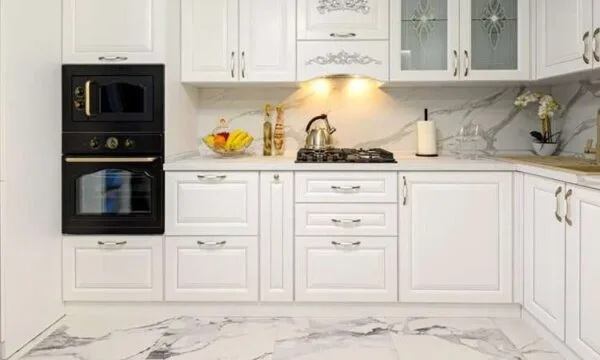In the realm of kids swimming pools, where laughter and joy abound, the necessity for stringent safety measures cannot be overstated. Kids swimming pool offer boundless fun and delight, particularly for children amid the scorching summer season. However, amidst the excitement they offer, kids’ swimming pools also present potential hazards, especially for young swimmers. Prioritizing the safety of children in and around kids’ swimming pools is crucial to avert accidents and guarantee a stress-free experience for both youngsters and parents. In this article, we’ll delve into vital safety protocols to establish for kids’ swimming pools, fostering a secure and pleasurable atmosphere.
Safety measures
Secure Perimeter:
Ensuring safety around a kids’ swimming pool is crucial, with a primary measure being the establishment of a secure perimeter. This involves erecting a fence or barrier around the pool area to prevent unsupervised entry. The fence should stand at least four feet tall and feature a self-closing, self-latching gate positioned out of children’s reach. By restricting access to the pool area, the likelihood of accidents when adults are not present is significantly reduced.
Constant Supervision of kids swimming pool
While safety barriers are essential, they are not foolproof. It’s crucial to emphasize the importance of constant adult supervision whenever children are in or around the pool, regardless of their swimming abilities. Designate a responsible adult as a designated “water watcher” whose sole focus is to supervise the children in the pool without distractions such as phones or socializing. Rotating this duty among adults ensures vigilant supervision at all times.
Learn CPR and First Aid

Ensure that those overseeing kids swimming pools are trained in CPR and first aid. Accidents are possible even with diligent supervision, so being ready to react swiftly and skillfully can greatly impact the outcome of a water-related emergency. Parents, caregivers, and pool staff should undergo CPR (Cardiopulmonary Resuscitation) and first aid training to equip them with the essential skills needed to respond promptly. Recognizing the signs of drowning and knowing how to administer CPR are crucial abilities that can save lives in crucial situations.
Teach Water Safety Rules
Educating children about water safety rules is essential for their understanding of the potential risks associated with swimming pools. Teach them basic rules such as never swimming alone, no running around the pool, and always asking for permission before entering the water. Additionally, instruct them on how to enter and exit the pool safely, emphasizing the importance of using steps or a ladder and not diving into shallow water.
Use Safety Equipment
Encouraging the use of safety gear is vital for kids swimming in pools. Alongside supervision and education, employing suitable safety equipment can significantly boost pool safety. For instance, life jackets or flotation devices are essential, particularly for young or novice swimmers. It’s crucial to ensure that life jackets fit well and are worn consistently whenever a child is near or in the pool. Moreover, think about incorporating pool alarms that can notify adults if a child unintentionally enters the water, offering an extra level of safeguarding.
Maintain Pool Cleanliness and Chemical Balance:
Maintaining the cleanliness and chemical balance of a kids swimming pool is essential for ensuring water quality and safety. It’s vital to routinely clean the pool to remove any debris and to check that filters and pumps are operating effectively. Regular monitoring of the water’s chemical balance, particularly pH and chlorine levels, is necessary to prevent the proliferation of harmful bacteria and algae. Well-kept pools provide a safer environment for children to swim in, reducing the risk of skin or respiratory irritations.
Establish Pool Rules
Establishing clear rules and boundaries for the kids swimming pool is crucial to ensure a safe environment. Set guidelines like no diving in shallow sections, no roughhousing, and no swimming during thunderstorms or when the pool is off-limits. Consistently enforce these rules and explain their significance to children, emphasizing their safety.
Regular Safety Inspections
Periodic safety inspections of the pool area and equipment are necessary to identify and address any potential hazards promptly. Check the condition of fences, gates, and safety barriers to ensure they are intact and functioning correctly. Inspect pool toys and equipment for signs of wear or damage and replace them as needed. Regular maintenance and inspections help mitigate risks and ensure that the pool remains a safe environment for children to enjoy.
Sun Protection
While swimming is a great way for kids to stay active and cool off during hot weather, prolonged exposure to the sun can pose risks such as sunburn and heat-related illnesses. Incorporating sun protection measures into pool safety protocols is essential for safeguarding children’s health. Encourage the use of sunscreen with a high SPF rating and reapply it regularly, especially after swimming. Additionally, provide shaded areas near the pool where children can take breaks from the sun and stay hydrated by offering plenty of water.
Swim Lessons
Investing in swim lessons for children is not only beneficial for their enjoyment of the pool but also enhances their safety.
Enrolling children in swim lessons from a young age instills vital water survival skills, including floating, treading water, and fundamental strokes. Additionally, swimming lessons instill confidence in children and reduce the risk of panic or fear in the water, making them more capable and comfortable swimmers. Look for accredited swim schools or instructors with experience teaching children to ensure high-quality instruction.
Emergency Preparedness
Despite the best preventive measures, emergencies can still occur. Being prepared to respond swiftly and effectively in case of an emergency is crucial for minimizing risks and ensuring the safety of everyone involved. Develop and regularly review an emergency action plan that outlines procedures for various scenarios such as drowning, injury, or inclement weather. Ensure that all adults responsible for supervising the pool are familiar with the emergency action plan and know how to execute it calmly and efficiently.
Encourage Open Communication
Promoting open communication with children about pool safety encourages them to voice any concerns or discomfort they may have while swimming. Encourage children to speak up if they feel unsafe or if they observe any hazards in or around the pool. Create a safe and non-judgmental environment where children feel comfortable expressing their thoughts and asking questions about pool safety.
Regular Training and Review
Safety protocols for kids swimming pools should remain flexible, adjusting to evolving situations and fresh insights. Consistently reassess and refine safety procedures in response to feedback, incidents, or advancements in safety technology. Offer ongoing education and training for pool personnel, guardians, and children to ensure everyone stays well-versed and skilled in pool safety measures. By remaining vigilant and consistently enhancing safety protocols, you can uphold a stringent safety standard and reduce risks linked with children’s pool activities.
Ensuring the safety of children in kids swimming pools necessitates a holistic approach that includes preventive strategies, educational initiatives, and readiness for emergencies. By incorporating a blend of safety measures like sun protection, swimming lessons, emergency preparedness, and clear communication, parents, guardians, and pool staff can establish a secure and enjoyable swimming environment for youngsters. It’s essential to recognize that pool safety is a collective responsibility, demanding constant attentiveness, vigilance, and an unwavering commitment to safeguarding the welfare of young swimmers. Through collaborative efforts, we can enable children to delight in swimming while minimizing hazards and fostering a culture of safety around pool activities.





